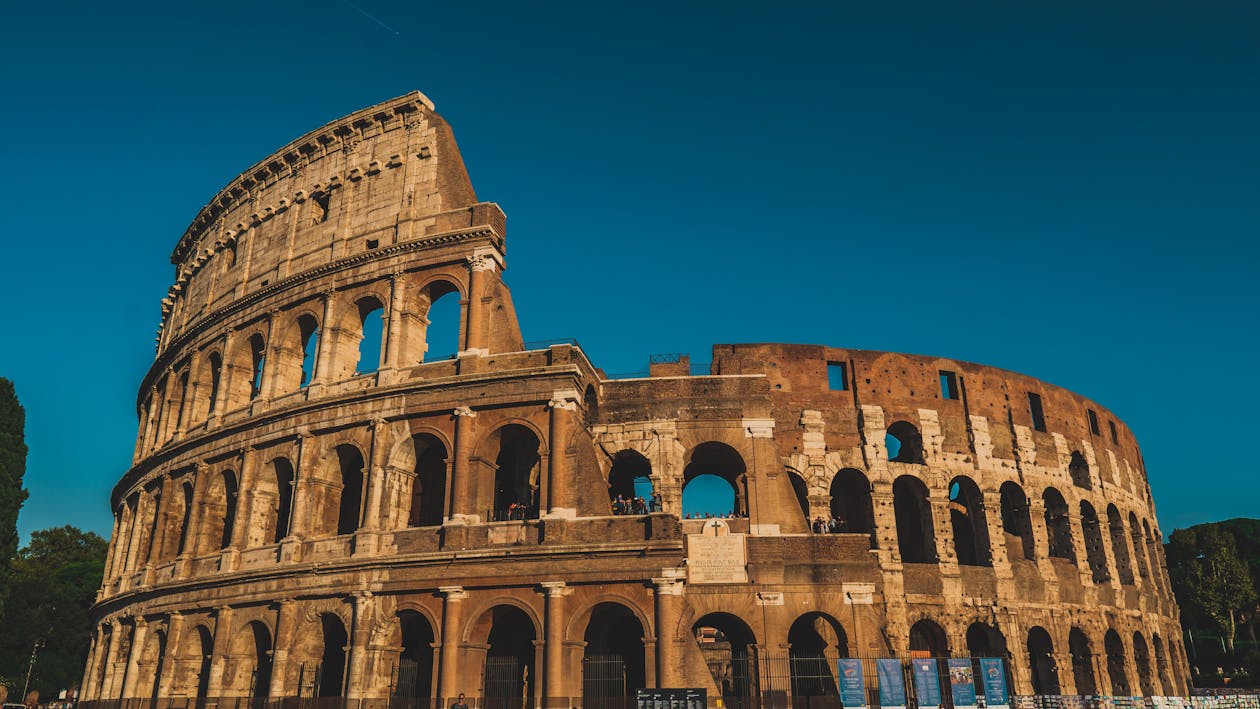Seth Udinski, FISM News
In the year 410 AD, the Western Roman Empire lay on its deathbed. Divided and now under siege from various Germanic tribes gaining power in central Europe, the empire was ready to fall. Many historians mark the beginning of the end of Rome as August 24, 410, when the Visigoth King Aleric I laid siege on the once-mighty capital city.
Aleric led his army of Visigoths through the Salarien Gate, thanks in part to a group of Roman slaves who let them in. The Germanic tribe quickly overtook the city. Interestingly enough, many of Aleric’s men were Christians, as Christianity had reached the tribes at this point. Because of this, they let the Christian citizens of Rome find protection in some of the local churches, such as the cathedrals of St. Peter and St. Paul.
In a fascinating historical intersection, two early church fathers wrote of the destruction of the city in 410. One was St. Jerome, who described the city’s fall with sorrow:
My voice sticks in my throat, and, as I dictate, sobs choke me. The city which had taken the whole world was itself taken.
Another was St. Augustine, who took a very different approach to the destruction of the “Eternal City.” He wrote one of his most famous books in response to the attack: The City of God. Augustine wrote The City of God as a defense of Christianity against non-Christians who claimed that the destruction of Rome was the result of emperors “abandoning” the gods of pagan Rome for the Christian God.
The city was ransacked and destroyed, but historians largely do not mark this invasion as the official downfall of the Empire, as the emperor Honorius was not deposed. The city would undergo a second Germanic siege in 455, and a final siege in 476. The 476 attack, orchestrated by the Ostrogoths, would officially end the empire when the Ostrogoths forcibly removed the young Emperor Romulus Augustulus from power.
